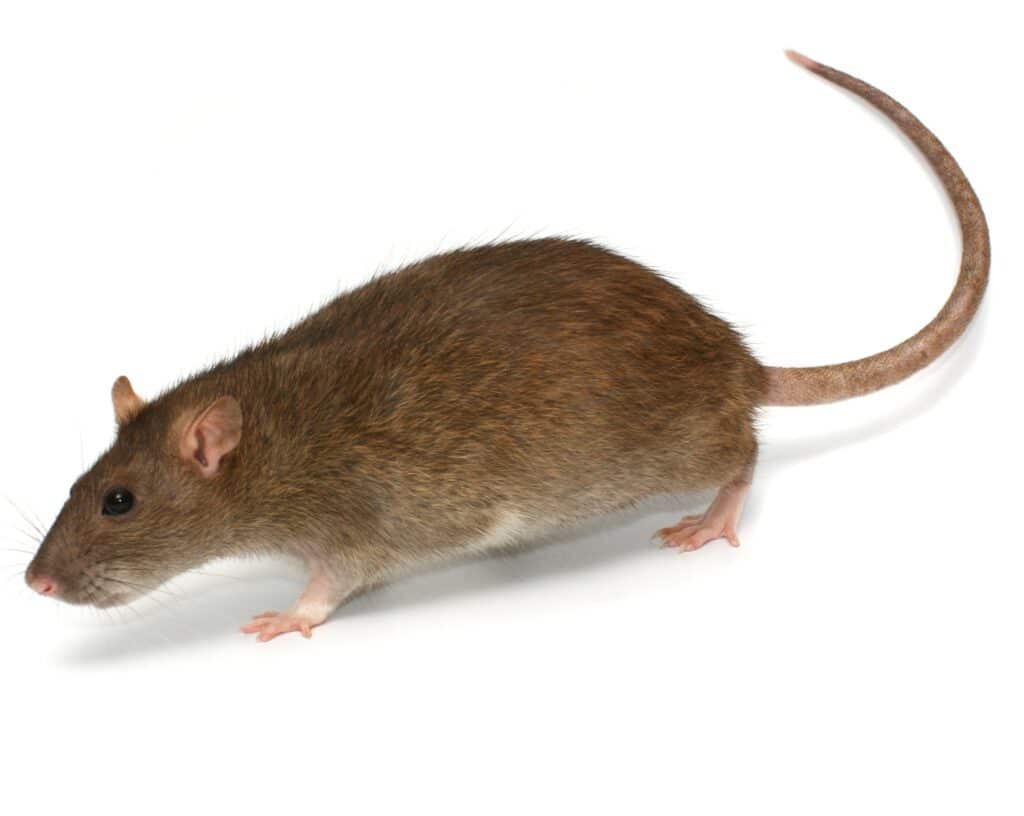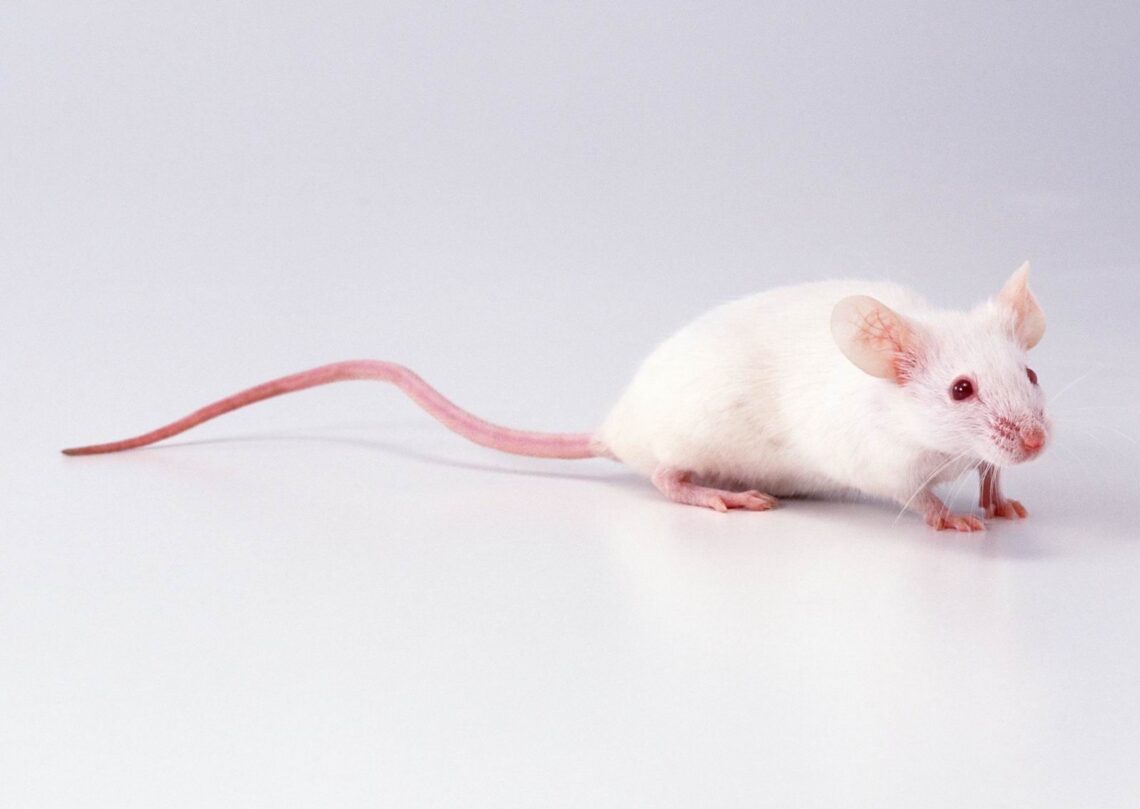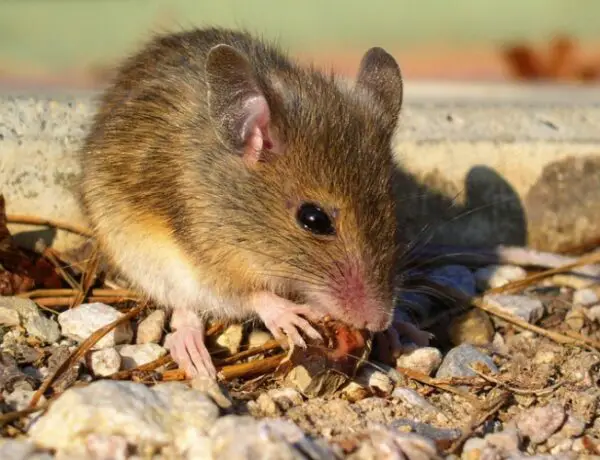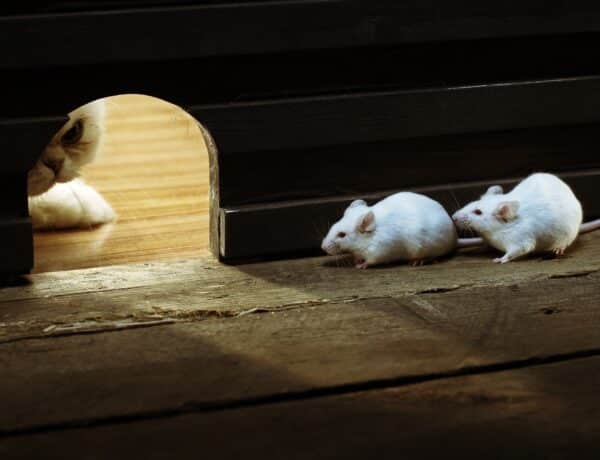Introduction
What’s The Difference Between A Mouse And A Rat: Mice and rats are two small rodents that often evoke mixed feelings in people. Some may find them adorable, others may cringe at the thought of these creatures scurrying around. Despite their similar appearances and habits, mice and rats are distinct species with several differences that set them apart. The world of these rodents to uncover the disparities between them. First and foremost, it’s essential to recognize that both mice and rats are of the order Rodentia, making them close relatives in the animal kingdom. They share common characteristics, such as their small size, sharp incisor teeth that grow continuously, and a keen sense of smell. However, a closer look reveals several key distinctions that help us distinguish between these two creatures. One of the most noticeable differences is their size. Mice are typically smaller than rats climb, with a body length ranging from two to four inches and a tail of similar length.
Rats, on the other hand, are generally larger, with body lengths ranging from six to ten inches and proportionally longer tails. This size discrepancy often serves as a quick identifier, but some species of rats can be similar in size to certain mouse species, adding to the complexity of differentiation. Another distinguishing feature is their tails. Mice have thin, long tails covered in short hair, which may appear somewhat scaly. Rats have thicker, hairless tails with a scaly appearance, making them more robust and less delicate in comparison to a mouse’s tail.
Their physical attributes, mice and rats exhibit differences in behavior, habitat preferences, and reproduction. These variations in their biology and lifestyles contribute to their distinct roles in ecosystems and their interactions with humans. Understanding these disparities is crucial for effective pest control and for appreciating the rich diversity of wildlife that coexists with us. These differences in more detail, shedding light on the fascinating world of mice and rats and dispelling common misconceptions about these misunderstood creatures. Whether you’re a curious observer, a homeowner dealing with unwanted guests, or simply someone interested in the natural world, delving into the nuances that set mice and rats apart will undoubtedly pique your interest and expand.

Is A mouse the same as a rat?
To many people and cultures rats and mice are seen as the same animal, mice are thought to be young rats. In some languages there is only one word for both animals – rat. However, this is not the case they are distinctly different animals, with their own life cycles, habitats, health issues etc.
One of the most noticeable differences between mice and rats is their size. Mice are generally smaller, with an average body length ranging from two to four inches and a tail of similar length. Rats, on the other hand, tend to be larger, with body lengths ranging from six to ten inches and proportionally longer tails. This size distinction is often the first clue in telling them apart, although to note that some species of rats can be quite similar in size to certain mouse species, adding a layer of complexity to identification.
Another distinguishing feature is their tails. Mice have long, thin tails covered in short fur, which may appear somewhat scaly. Rat tails, on the other hand, are thicker, hairless, and possess a more scaly and rough texture. This difference in tail appearance is another key visual cue for differentiation.
Their physical characteristics, mice and rats exhibit variations in behavior. Mice are known for their skittish and timid nature, often preferring to hide in small crevices and forming close-knit family groups. In contrast, rats are more adaptable and can be both social and solitary, displaying a higher level of aggression when necessary. This adaptability often allows rats to thrive in a wider range of environments.
Is mouse small or rat?
Mice are easily distinguished from the two rat species by their considerably smaller size. A full-grown house mouse can be anywhere from 3-10 cm long (compared to a rat’s sizable 16-40 cm length!). However, it would be easy to get mixed up between an adult mouse and an adolescent rat.
As a general rule, mice are indeed smaller than rats. Mice typically have an average body length ranging from two to four inches, with a tail of similar length. In contrast, rats are larger, with body lengths ranging from six to ten inches, accompanied by proportionally longer tails. These distinctions are often the first indicators used to differentiate between the two species.
As there is variability in their size. Some mouse species are exceptionally small, others are closer in size to certain rat species. For example, the house mouse is one of the most common mouse species found in human habitations and is generally quite small. However, the white-footed mouse which is also considered a mouse, can be similar in size to some smaller rat species. This overlap in size between certain mice and rats can lead to confusion in identification.
Similar to mice, there is a range of rat species, and they vary in size as well. The Norway rat is a large and common rat species, there are smaller rat species, such as the black rat. Can be closer in size to some larger mouse species. The size of a rat can also be influenced by factors such as diet, genetics, and environmental conditions, further contributing to variability.
Are mice or rats harmful?
Rats and mice are known to carry many diseases. These diseases can spread to people directly, through handling of rodents; contact with rodent feces (poop), urine, or saliva (such as through breathing in air or eating food that is contaminated with rodent waste); or rodent bites.
Another significant concern is the property damage caused by mice and rats. These rodents are known for their gnawing behavior, which can result in damage to electrical wires, insulation, wood, and even plumbing systems. Such damage can lead to costly repairs and pose fire hazards in the case of damaged electrical wiring.
Mice and rats are opportunistic feeders and will readily invade food storage areas. They can chew through packaging, leaving food vulnerable to contamination. Their droppings, urine, and fur can also contaminate food, making it unsafe for consumption. This can result in financial losses and potential health risks for those who consume contaminated food.
In agricultural settings, rodents like rats can wreak havoc on crops. They may consume or damage valuable crops such as grains, fruits, and vegetables, leading to substantial economic losses for farmers. Additionally, rodents can dig burrows in fields, further impacting crop yield and land quality.
Why is it called mouse not rat?
Mice are typically distinguished from rats by their size. Generally, when a muroid rodent is discovered, its common name includes the term mouse if it is smaller, or rat if it is larger. The common terms rat and mouse are not taxonomically specific.
One of the primary reasons for the differentiation between mice and rats is size. Mice are generally smaller rodents, with an average body length ranging from two to four inches, rats are larger, with body lengths ranging from six to ten inches. This significant size difference has contributed to the distinct nomenclature.
Another distinguishing factor is the appearance of their tails. Mice typically have long, thin tails covered in short fur, rat tails are thicker, hairless, and often appear more scaly. These tail differences a visual cue for differentiation, reinforcing the use of separate names for these rodents.
Beyond physical characteristics, mice and rats exhibit differences in behavior. Mice are often characterized as skittish and timid, rats are known for their adaptability and can exhibit both social and solitary behavior. These behavioral distinctions have contributed to the establishment of separate names for these species.
Will a mice bite you?
Luckily, mice aren’t aggressive and usually only bite people when they feel threatened or cornered. Unless you’re handling them, you’re very unlikely to get bitten. Mice bites usually aren’t serious, but it’s still a good idea to see a doctor if you get bitten. The main threat of rodent bites is the risk of infection.
Mice have a strong instinct to avoid predators, and they perceive humans as potential threats. When a mouse feels cornered or trapped, it may resort to biting as a means of self-defense. This is especially true if it cannot find an escape route and feels threatened.
Mice are territorial creatures, and they may defend their nests or territory if they perceive an intrusion. If you accidentally come into contact with a mouse nest, it may react defensively by biting to protect its young or its home.
Mice have poor eyesight but a keen sense of smell. If a mouse mistakes the scent of food on your hand or fingers, it may nibble or bite, thinking it has found a food source. This is more common when mice are accustomed to human presence, such as in a home or areas with frequent human activity.
Are rats scared of humans?
In general, rats are more afraid of humans than humans are of them and will usually try to avoid contact with people. However, rats can carry diseases that can be transmitted to humans through contact with their droppings, urine, or saliva.
Fear is a fundamental survival instinct in many animals, including rats. Rats are prey animals in the wild, and their natural predators include larger mammals, birds of prey, and snakes. To survive, rats have developed an innate fear of potential threats, including humans.
Rats are highly adaptable animals. In some cases, they can become habituated to human presence and lose some of their initial fear. This can happen when rats associate humans with a reliable food source, such as discarded food in urban areas.
Rats are social animals that live in colonies or groups. In these groups, the behavior of one rat can influence the behavior of others. If one rat in a group becomes accustomed to humans, it may encourage others to be less fearful as well.
Do rats eat mice?
Not only that, but they will also eat their fellow rodents. Rats and mice often inhabit the same environments, so when food is scarce, rats will hunt mice down and eat them. They are able to do this because they are much bigger and much more aggressive.
Rats, particularly some species of larger rats like the brown rat, are known to be opportunistic omnivores. They primarily feed on plant material, grains, and various human food sources, they do have carnivorous tendencies. This means that, under certain circumstances, they may consume other animals, including mice.
In their natural habitats, rats are known to prey on smaller animals, including mice. This predation behavior is more commonly observed in wild rat populations, where competition for limited resources can be fierce. When food sources become scarce, rats may resort to hunting and eating mice as a survival strategy.
Rats and mice often compete for the same food sources and habitats. This competition can sometimes lead to direct conflicts between the two species. In some cases, when resources are limited, rats may not only compete with mice but also consume them if they capture them.
Rats are opportunistic feeders, and they are more likely to prey on mice when the opportunity arises. This can happen if a rat comes across a weakened or injured mouse, a mouse nest, or if they are in close proximity in confined spaces where the mouse has limited escape options.
What can attract rats?
Odors and smells that come from pet waste, pet food, garbage containers, barbecue grills, birdfeeders, and even from unharvested fruit and nuts from plants can attract rats and mice. Good sanitation habits can effectively improve the prevention of attracting rodents in your yard.
Rats are more likely to be attracted to areas that offer suitable environmental conditions for their survival, such as moderate temperatures and protection from extreme weather.
Like all creatures, rats need access to water for survival. Any readily available water source can attract rats, including leaky pipes, standing water, and open containers.
The absence of natural predators in an area can make it more attractive to rats. In urban and suburban environments, rats may have fewer natural predators, which can contribute to their proliferation.
Rats are often attracted to areas with human activity because they can find food and shelter in residential and commercial spaces.

Conclusion
The distinction between mice and rats may seem subtle at first glance, but upon closer examination, it becomes apparent that these two rodents are unique in their own right. From their physical characteristics to their behavior, habitat preferences, and even their ecological roles, mice rats each bring a distinct set of attributes to the world of rodents. Size, for instance, stands out as one of the most readily noticeable disparities. Mice tend to be smaller, rats are typically larger and more robust. Their tails also a clear visual cue, with mice sporting long, thin, and furry tails, rats having thicker, scaly tails.
These distinctions extend mere appearances. Mice are generally known for their timid and skittish behavior, often seeking shelter in small crevices and living in close-knit family groups. In contrast, rats are more adaptable and can be both social and solitary, displaying a greater degree of aggression when necessary. Their choice of habitat reflects these differences, with mice preferring indoor spaces and rural settings, while rats are often found in both urban and rural environments, making them more resilient and opportunistic. Reproduction patterns further set the two species apart. Mice reproduce at a rapid pace, with shorter gestation periods and larger litters, rats have a slower reproductive rate but can still quickly establish thriving populations under favorable conditions.
These distinctions are not only essential for those dealing with pest control but also for appreciating the intricate tapestry of biodiversity that surrounds us. Both mice and rats play significant roles in ecosystems as prey for larger predators and as seed dispersers, contributing to the overall balance of nature. In essence, the differences between mice and rats, while sometimes subtle, highlight the incredible diversity within the rodent family. These animals have adapted to a wide range of environments, behaviors, and survival strategies, making them a fascinating subject of study in biology and ecology. Whether you encounter them as household pests or as intriguing creatures in the wild, recognizing and respecting the unique qualities of mice and rats can enhance our appreciation for the natural world and our place within it.




No Comments